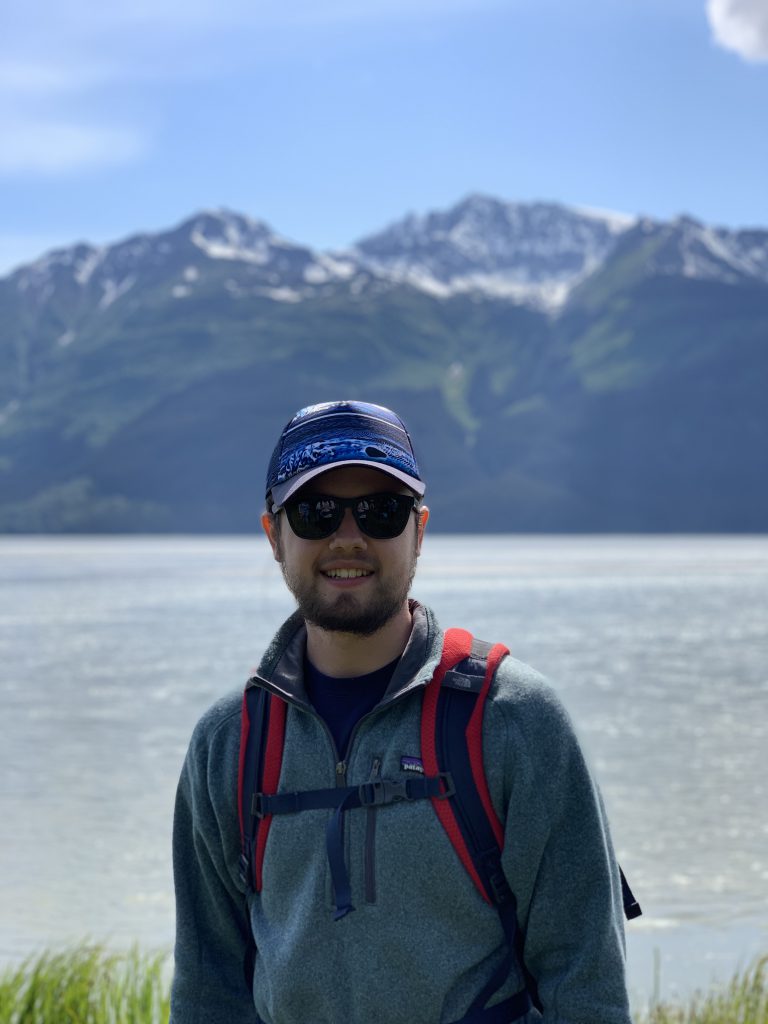VWU Theatre completed the run of its mainstage spring 2020 production, The Shield, on March 8. I attended the March 7 performance. I distinctly remember joking with a friend pre-show about the curious run on toilet paper at local stores. I also remember being a bit on edge when someone seated behind me started coughing. I had heard about a mysterious illness beginning to show up in the United States but it didn’t stop me from enjoying my night at the theatre. I had no reason to think it would be my last live performance of 2020. After all, I was to leave for New York City the first weekend of spring break to see several Broadway shows – including the musical Six which I had been eagerly anticipating for months.
In less than a week (on March 12), Broadway theatres would close due to the coronavirus pandemic. The closure was extended to June 7. Then to September 6. Then to Jan 3, 2021. Last week, the closure was extended through May 30, 2021. That means more than a year without Broadway theatre. In the last month, the Metropolitan Opera announced that it would skip a season for the first time in its history. According to a recent Brookings Institution study, half of the jobs in the performing arts sector were lost between April and July 2020.
COVID isn’t the first pandemic to impact theatre. In Elizabethan England, theatres were frequently closed due to outbreaks of bubonic plaque. And yet, the Elizabethan era is associated with some of the most enduring dramatic art of all time: the plays of William Shakespeare. Adversity inspires artistic creation in ways that “good times” simply cannot. True artists find a way to make art. They will not be denied the expression of an impulse so integral to their very existence.
Theatre artists across the world – from the Hampton Roads area to London to Mumbai have spent most of 2020 struggling to balance a burning need to create art during this tumultuous time and the need for a safe environment for audience members and the many theatre workers – actors, technicians, facilities managers, etc. — needed to make our art happen: Theatre is being done in parking lots (with audience members seated in their cars listening to mic’d actors via their car stereos). A socially-distanced production of Andrew Lloyd Webber’s Joseph and the Amazing Technicolor Dreamcoat in London’s 2,500 seat Palladium Theatre was performed for a socially distanced 600 audience members.
Theatre companies – such as our own here at VWU — are using teleconferencing platforms such as Zoom for rehearsals and performances. Have you seen the recent VWU Fringe Festival theatre productions? Well, you should. The shows are archived in a file called “The Virtual Stage” on the VWU Digital Broadcasting Network. More than 20 theatre artists in our VWU community worked on those projects – writing the plays, staging them, recording them, etc. Later this semester, Nov. 12-13, about 30 VWU students will “virtually” present the VWU One-Act Play Festival. These theatre artists among us are finding ways to continue to make art and offer it to audiences despite circumstances that force them to reinvent precisely how that process works. In doing so, they follow in the footsteps of Shakespeare and –alongside their colleagues world-wide – are evidence that, despite the pandemic, theatre remains alive and well.
By Dr. Sally Shedd
sshedd@vwu.edu


